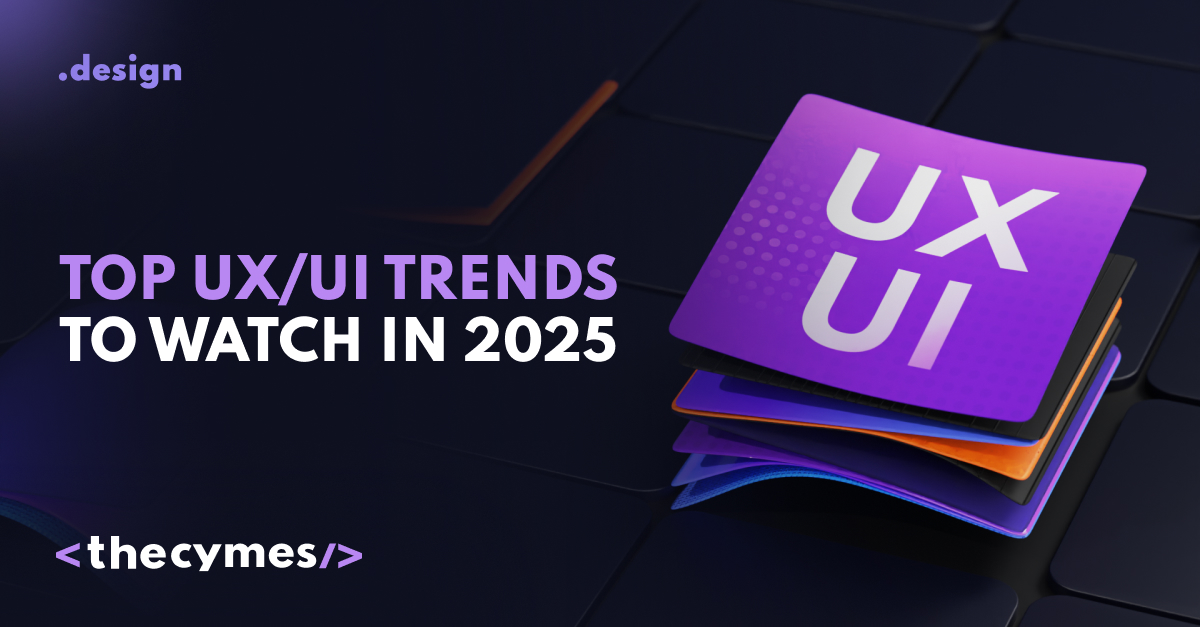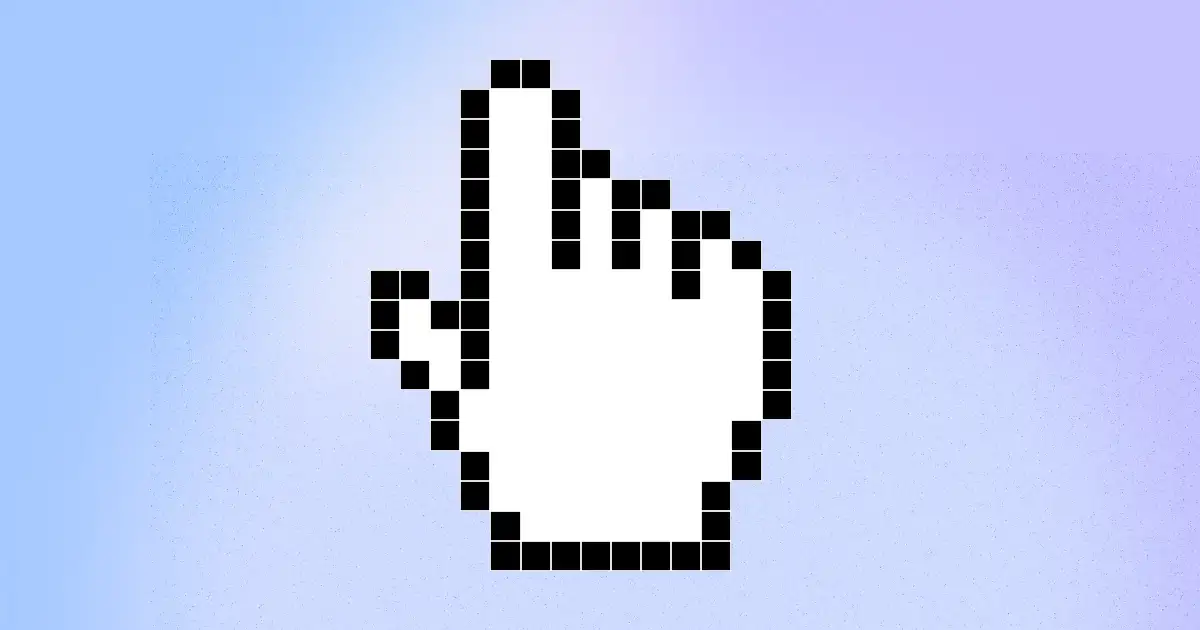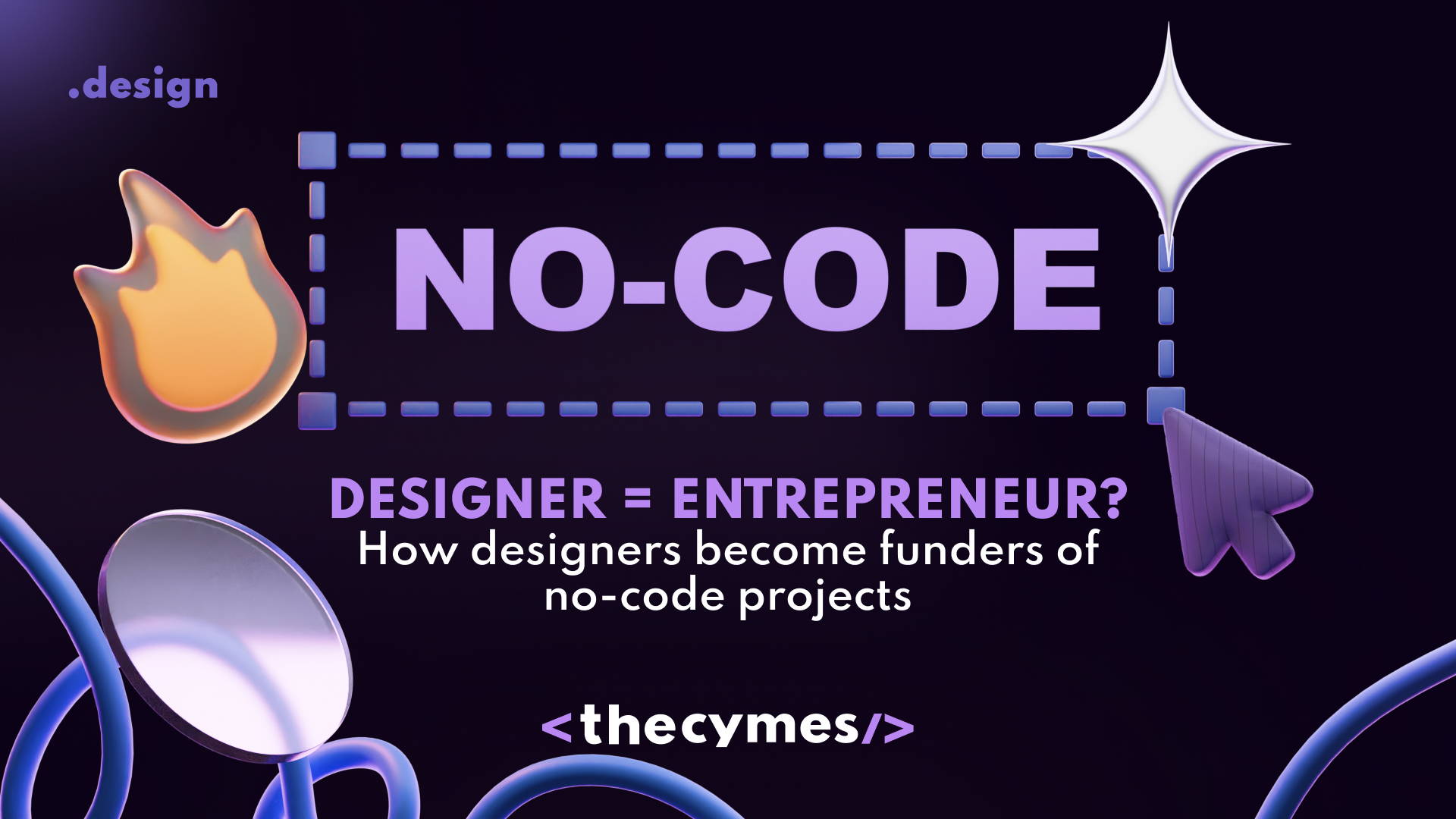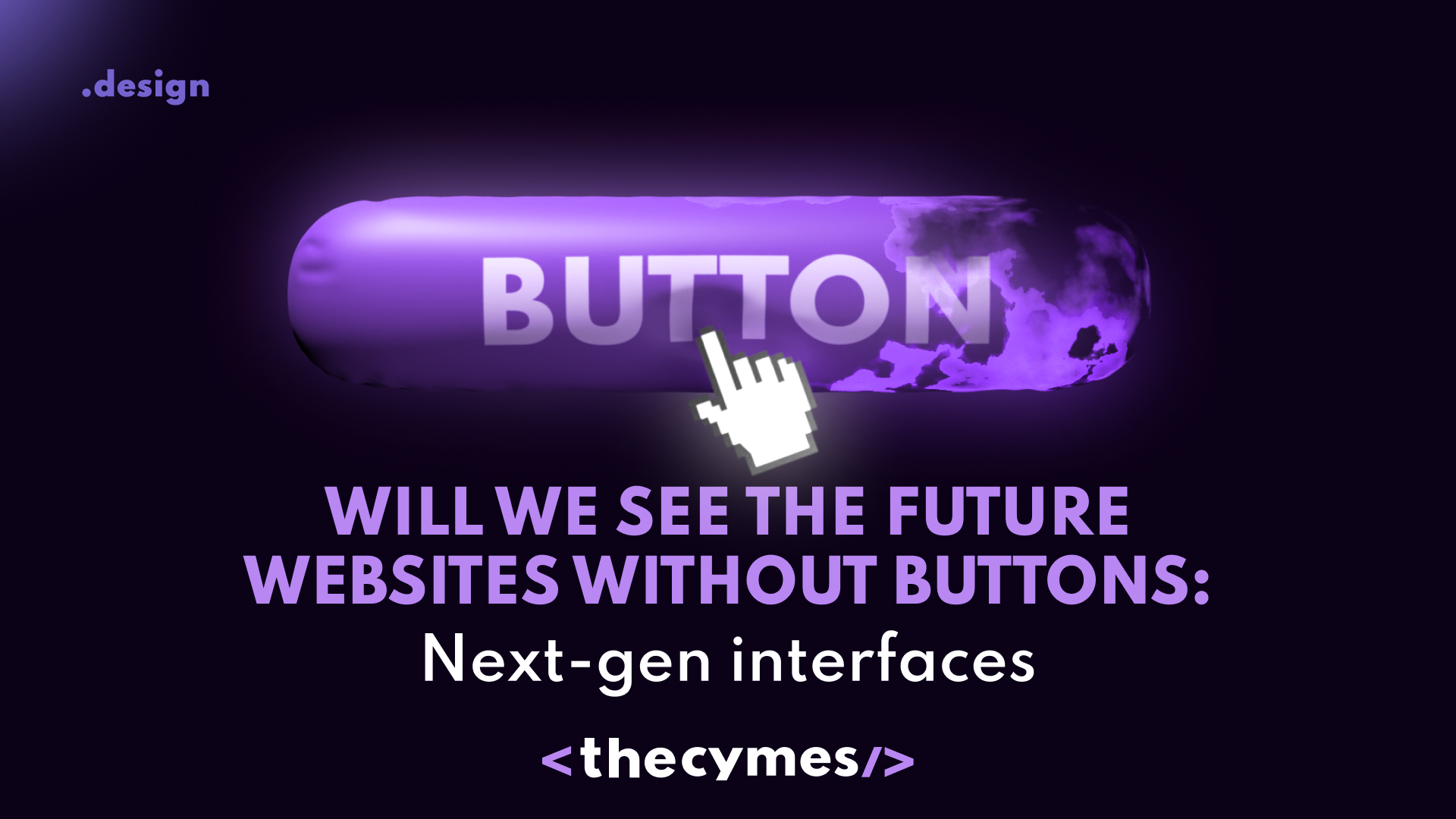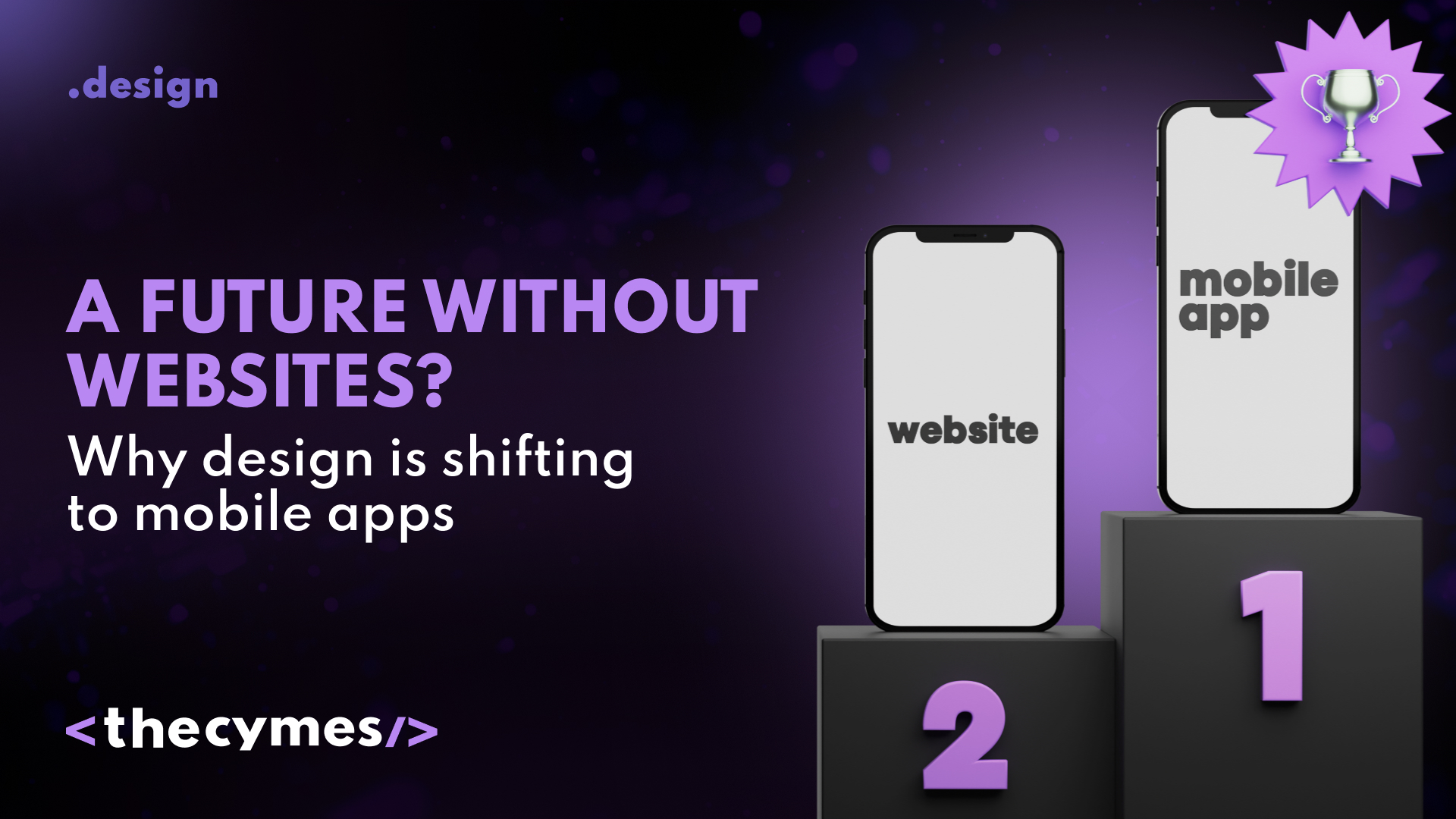Table of Content
TOP UX/UI trends to watch in 2025
/>8 UX/UI trends that will change the industry!As we enter 2025, the field of UI/UX design is about to experience a big change. Thanks to fast technology growth, a rising need for more personal and interesting digital experiences, the industry will be changed. Knowing these trends is important for businesses and UI/UX designers who want to make products focused on users that will not just meet but go beyond what users need. This article explores the key UX and UI design trends that will shape 2025 and offers ideas and real uses for each trend.
1. Personal user paths
Personalization is one of the most important aspects of good UI and UX design. With so many choices, creating experiences tailored to each user can help a brand stand out and build loyalty. Companies can use data analytics to learn about users' behavior, likes, and patterns in order to offer experiences that best fit each user.
Ways to make things personal
In 2025, it's going to be more about creating experiences tailored to each user. Some of the new methods that UI/UX designers will go for include:
- Segmentation of users: Grouping users into definitive categories based on behavior, preferences, and demographics to deliver tailored experiences.
- Dynamic content delivery: Changing content in real-time according to what users do and like, making sure it is relevant and interesting.
- Recommendation Engines: Utilize algorithms that suggest a product or content based on what a user likes to increase chances of making a sale and keeping users happy.
The impact of AI on personalization
AI can view huge data pools to identify trends and make predictions on behalf of users' needs. Similarly, AI on an e-commerce website could be used to recommend a product based on what a customer previously bought, viewed, and even seasonal trends in sales. The user experience will be greatly enhanced with such personalization.
Case Study: Example Netflix
The best example of successful personalization in UX and UI design is Netflix. It uses information about what people watch to suggest shows and movies that match an individual's likes. That is how personalization keeps users engaged with the service, making them come back for more, showing the big effects of customized experiences.2. Voice User Interfaces (VUI)
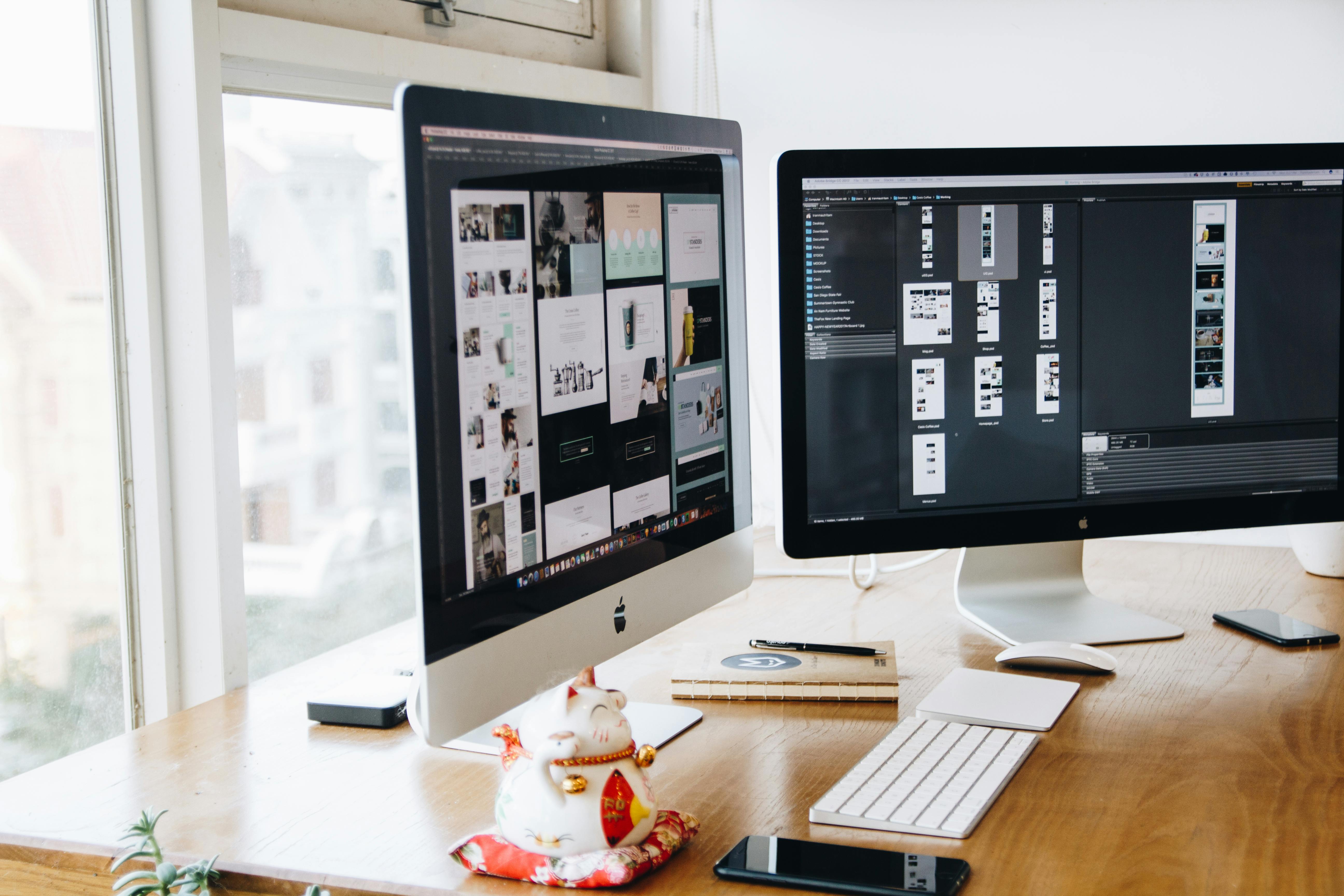
Image from Pexels
2. Voice technology in UI/UX design
Voice technology is revolutionizing the way users interact with digital products. The use of VUIs will only grow with the increasing number of smart devices and virtual assistants. In the year 2025, we will definitely see VUI integrated in every possible field, from mobile apps to home automation systems.
Benefits of VUI
The advantages of integrating voice interfaces into UI/UX design are manifold:
- Hands-Free Operation: VUI enables one to interact with a device without touching the screen, which comes in quite handy during certain activities where one's hands are preoccupied, like cooking or driving. • Intuitive User Experience: Voice commands may make it significantly easier to navigate and find information quickly and without hassle.
• Accessibility: VUI helps people with disabilities access the technology in ways that are sometimes impossible with other interfaces.
Successful implementations of VUI
The majority of large-scale tech companies have already begun working with VUI in some form or another. Take, for instance, Amazon's Alexa and Google Assistant, which are changing the way one interacts with their smart devices. In-car, voice-activated navigation systems show how VUI can enhance the user experience, providing real-time information and assistance without distracting the driver.
Designing for VUI
To design well for voice interfaces, UX designers should focus on:
- Natural Language Processing: To make it easier for the interface to understand and interpret user commands in everyday language.
- Contextual Awareness: Creating systems that understand the situation of user requests to give suitable answers.
- Feedback Mechanisms: Sounds or lights that reaffirm that the device has received the command and make it feel like it works well.
3. Immersive experiences with AR and VR
The impact of immersive technologies on UX/UI design:
AR and VR are changing the user engagement, enabling experiences that blend the digital and physical worlds in an immersive way. These are not mere gimmicks but actually provide real value in improving user interactions and driving engagement.
The potential of AR and VR in UI/UX Design
We will see more of AR and VR in 2025 in the field of UI/UX design since it allows some unique opportunities to create engagement.
Augmented Reality: It superimposes digital information over the real world's environment, allowing users to interact with virtual elements in their physical space. This can be seen in practice by furniture retailers like IKEA, using AR to help customers visualize how a piece of furniture would look in their home. Virtual Reality: VR immerses users in a completely virtual experience, which is full of engagement. The most obvious example is that, in real estate, buyers take virtual tours of houses.
Improving user engagement
Immersive UI trends keep the users more engaged since they are more interactive. AR and VR technologies create an emotional connection with the user and increase both retention and satisfaction. Brands that use these technologies can therefore create memorable experiences, standing out in a competitive marketplace.
Challenges and considerations
But there are also problems that come with this potential of AR and VR.
- Accessibility: It is relevant that the created Immersive experiences are usable by all users, including people with disabilities. • Cost: Application development for AR and VR can be expensive, and this could limit their use with small businesses.
• User Comfort: Since some users may feel uncomfortable or even disoriented when using VR, designers must consider user comfort the foremost factor in their designs.
4. Minimalist design aesthetics in UI/UX
The philosophy behind minimalism in design
The minimalism trend in design is all about simplicity and clarity. By taking out the unnecessary, UI/UX designers can focus on the most critical content and functions, creating interfaces whose aesthetics are simple to comprehend and navigate.
Benefits of a minimalist design: In 2025, minimalism will be one of the successful UI and UX designs. The benefits of such an approach are:
- Faster Loading Times: Minimalist designs generally load faster, hence delivering a better experience for the users.
- Usability Improvement: It removes clutter, which refocuses users' attention to the actual important aspects: content and functionality.
- More User Focus: Minimalist designs reduce the load on the brain, making users both more relaxed and effective with the product.
Minimalism Practice in UI/UX Design
To effectively implement minimalist design principles, UX designers should focus on:
- Clean Layouts: Enough white space should be used to create visually appealing interfaces that direct users' attention.
- Clear Navigation: Make navigation structures easy to allow users to find things without a hitch.
- Critical Elements: Eliminate the most gratuitous content that doesn't add value for the user.
5. Proactive designing of UX
The shift to proactive user experiences
Proactive UX (PX) will change how UI and UX designers work with users. Anticipating your users' needs before they arise, PX design develops smoother, more intuitive experiences.
Benefits of proactive UX
The benefits of proactive UX include:
- Higher User Satisfaction: Identifying and removing pain points before they become an issue will dramatically improve user satisfaction, according to a designer.
- Efficiency: Proactive design saves users time in searching for information or navigating through complex interfaces.
- Increased Engagement Rates: When the customers feel that they are well understood and supported, they will engage more with the product and would certainly return in the future.
Methods of implementing PX
In 2025, UX/UI designers can implement proactive UX through:
- Predictive Analytics: Use data to anticipate user needs and shape experiences around them.
- Intelligent Notifications: Sending reminders or tips at the right time according to users' behaviors to create a better experience. • User-Centered Feedback: Continuously collecting user feedback to iterate and evolve the experience over time.

Image from Pexels
6. Ambient personalization
The ambient personalization is a concept in UX/UI design.
Ambient personalization involves the subconscious adjustment of user interfaces with an increased level of user experience without directly disturbing it. This trend is all about creating seamless interactions that feel intuitive and responsive.
The advantages of Ambient Personalization
Look out for interfaces that will adjust to the user's preferences based on context in 2025—for example, time of day or location. The benefits of ambient personalization include:
- Effortless User Experience: Offers users interfaces that feel tailor-made for them without explicitly giving any input.
- Increasing Engagement: Brands can increase user engagement and exploration by offering relevant content and recommendations.
Ways to bring forth Ambient Personalization
For effective Ambient Personalization, UI/UX designers should be concerned with:
• Dynamic Content Optimization: Allowing interfaces to dynamically change based on user behavior and preferences in real time.
- Context Awareness: Identifying user context to deliver appropriate suggestions or content. - Subtle Design Changes: Make minor changes to the color, layout, or content that will enhance the user experience without being intrusive.
7. Inclusive design principles in UX/UI
The importance of inclusivity in UX design. Inclusiveness is now more imperative in UI and UX design; thus, 2025 will see even greater emphasis on creating accessible digital experiences for users of all abilities. Inclusive design is not just about compliance with the law but rather enhancing the overall experience for all types of people.
Principles of inclusive design
There are some ground rules to follow in inclusive design:
- Diverse User Needs: Understanding and designing for the varying needs of users with divergent demographics and abilities.
- Accessibility: Ensuring digital products are usable by people with disabilities, including those who are visually, auditorily, and motor impaired.
- User Testing: Participants from all walks of life are engaged in an effort to form feedback and guide the design process.
Inclusive design implementation
To effectively implement inclusive design principles in 2025, UX designers should focus on:
- Alternative Text for Images: Adding descriptive words to images helps visually impaired users.
- Keyboard Navigation: Ensure that all interactive elements are accessible via keyboard.
• Color Contrast and Readability: Utilize high contrast color schemes with clear, legible fonts that are easy for everyone to read.
8. Bringing in 3D and animated elements: UI/UX design overhaul
The Influence of 3D Graphics and Animation
3D graphics and animations are changing the way users interact with digital content. Expect 2025 to bring even more dynamic interfaces that incorporate these elements for engaging, tactically rich experiences.
Benefits of Using 3D and Animation in UX/UI Design
Some of the advantages of using 3D and animated components include:
- Improved Interaction: The use of 3D graphics and animation can engage users' attention and make the system feel interactive.
- Better Comprehension: There are several complex processes and concepts that can easily be perceived by the help of animation.
- Unforgettable Experiences: Unique visual experiences can make a lasting impact, so users would yearn to return.
Designing with 3D and Animation
To design effectively with 3D and animated elements, think about:
- Intentional Animations: More than decorative, use animations that orient users or bring attention to an important action.
- Performance Optimization: Test on devices to ensure loading times aren't slow, especially on mobile.
- Minimalist Approach: Sometimes less is more. Use animations to enhance the user journey, not overwhelm it.
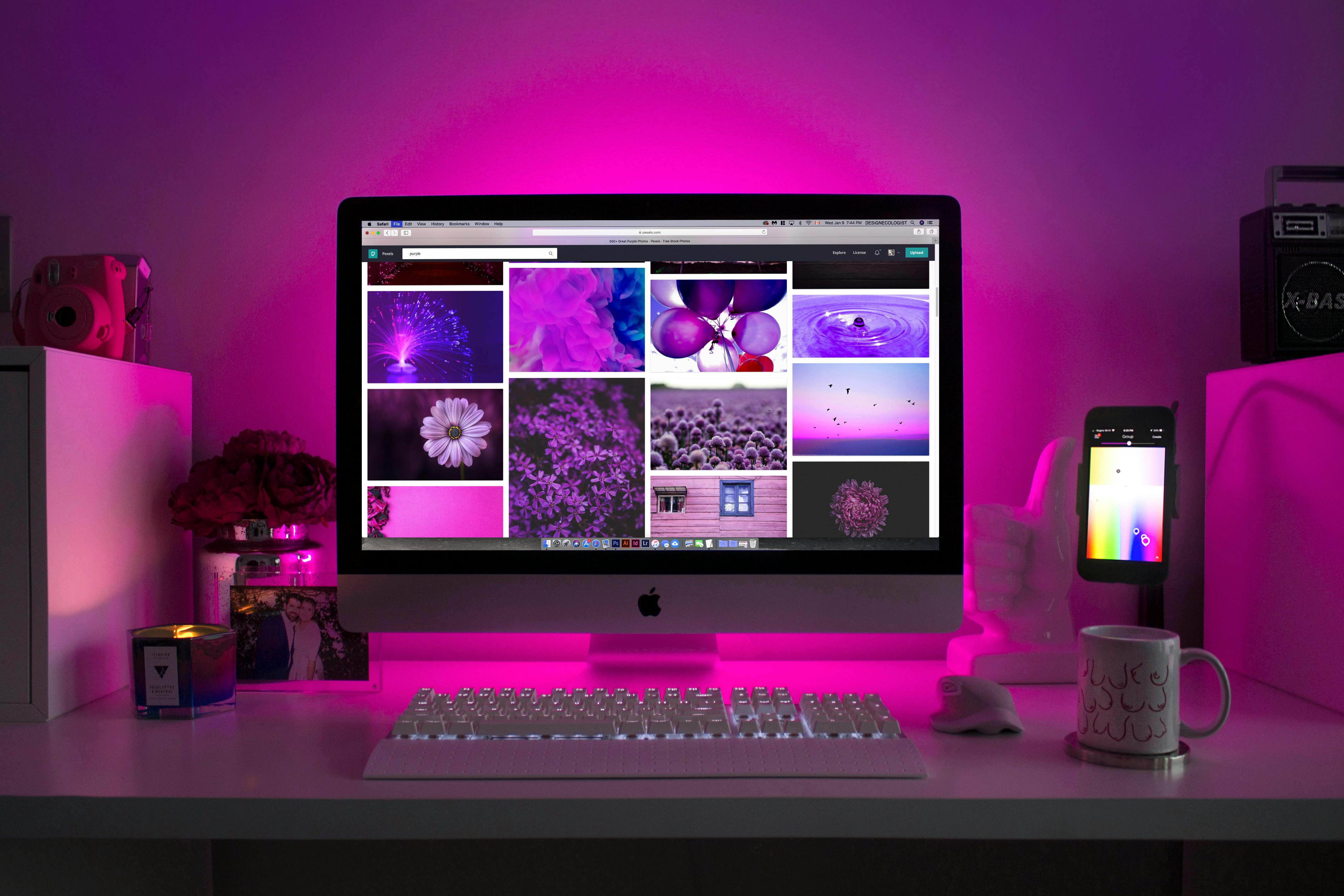
Image from Pexels
Conclusion
The 2025 UX/UI trends are more than just aesthetic changes; they're a ground-shaking evolution in how people interact with technology. These possibilities of personalization, immersive experiences, and inclusive design principles empower businesses to create products that connect with users on a deeper level. Going forward, being ahead of such trends is going to be important for any designer or organization that aims to thrive in what is going to be an increasingly competitive landscape. The future of UX/UI design is bright; those who adapt will be well-placed to lead the way in crafting engaging digital experiences that meet the needs of users around the world. In all, the constants in reshaping the future of design will be AI integration, the rise of no-code tools, and accessibility. From these trends to practical application, UX designers will continue to create innovative solutions that not only enhance the user experience but also drive business success in the digital age.
